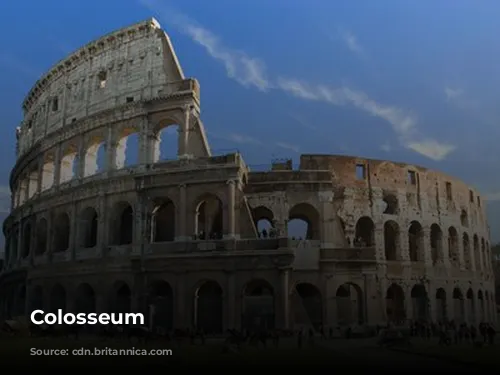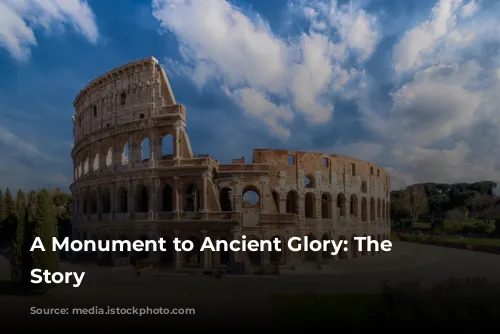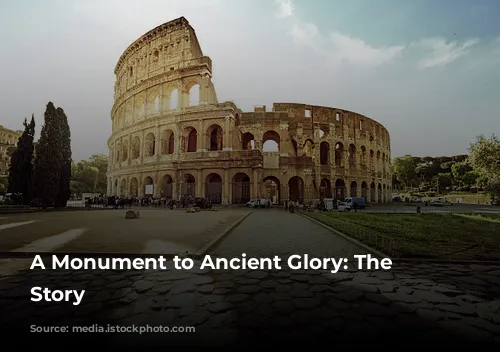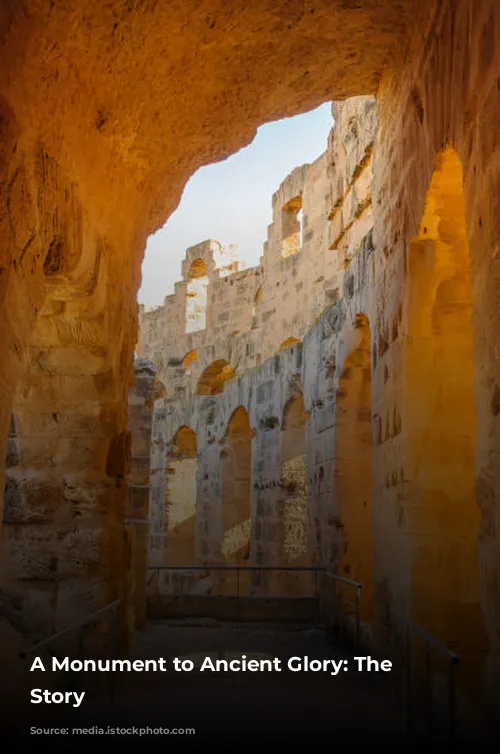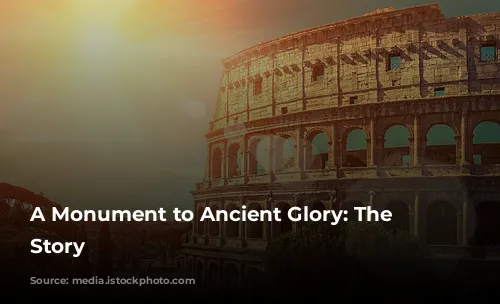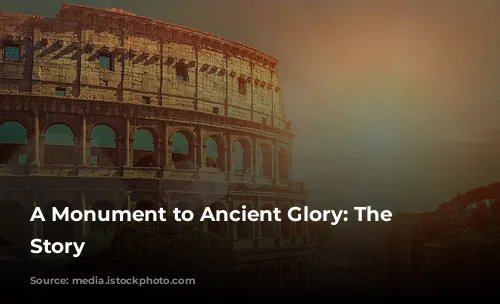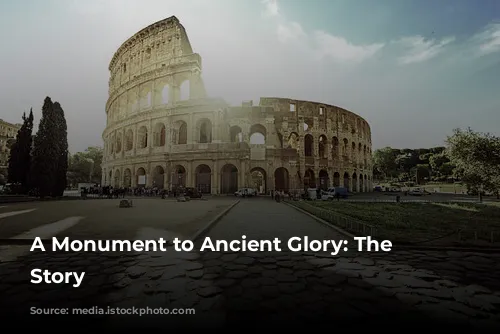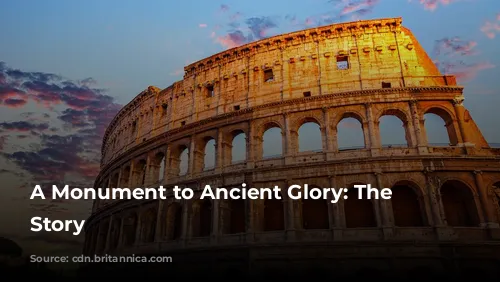Standing proudly as a testament to the Romans’ architectural and engineering brilliance, the Colosseum remains one of the few mostly intact structures from the Roman Empire. It’s not just a relic of the past, but a powerful symbol of ancient Rome’s grandeur. Its enduring legacy continues to draw millions of visitors each year, generating significant revenue for the Italian government. In fact, in 2018, the Colosseum, Roman Forum, and Palatine Hill together generated over $63.3 million (€53.8 million), solidifying their position as the most lucrative tourist attraction in all of Italy.
The Colosseum’s journey has been one of triumph, neglect, and eventual restoration. Sadly, after the fall of the Western Roman Empire, the once-glorious arena fell into a state of serious disrepair. During the 12th century, the Frangipane and Annibaldi families seized control, transforming the arena into a stronghold for their own families. Centuries later, in the late 15th century, Pope Alexander VI granted permission to use the Colosseum as a quarry, stripping its precious materials for other projects. After over a thousand years of neglect, the Colosseum’s fate finally shifted in the 1990s with the launch of state-funded restoration efforts.
A Symbol of Imperial Power
The Colosseum was born out of the ambitious desire to revitalize Rome after the chaos of 69 CE, known as the “Year of the Four Emperors.” Like many other amphitheaters of its time, Emperor Vespasian envisioned the Colosseum as a grand entertainment venue, a place to host thrilling spectacles like gladiatorial fights, animal hunts, and even mock naval battles. It would be a place for the people to gather, celebrate, and be entertained.
Construction of the Colosseum began under Vespasian’s rule, between 70 and 72 CE. His son and successor, Titus, dedicated the completed structure in 80 CE, showcasing its magnificence to the world. Emperor Domitian later added the fourth story in 82 CE, completing the monumental structure. It’s important to note that the Colosseum’s construction was financed by the spoils of war – the plunder collected during Titus’s conquest of Jerusalem in 70 CE. Sadly, Jewish slaves from Judea were forced to work on the Colosseum’s construction, a poignant reminder of the empire’s complex and often brutal history.
An Architectural Marvel
The Colosseum, also known as the Flavian Amphitheatre, is a testament to the Romans’ incredible architectural ingenuity. This elliptical structure is a stunning blend of stone, concrete, and tuff, rising four stories high at its tallest point. Its impressive dimensions, 620 by 513 feet (189 by 156 meters), allowed it to accommodate an astounding 50,000 spectators. The Colosseum was primarily known for its gladiatorial combats, where brave warriors battled each other for the thrill of the crowd.
Situated just east of the Palatine Hill, the Colosseum occupies the site of Nero’s Golden House. Nero’s luxurious palace complex was known for its artificial lake, a symbol of the emperor’s wealth and power. Vespasian, a ruler known for his humble beginnings, chose to replace the tyrannical emperor’s private lake with a public amphitheater. This symbolic gesture underscored his commitment to the people and their entertainment.
The Colosseum’s unique construction set it apart from other amphitheaters. While many were built into hillsides for added support, the Colosseum stands tall and independent, a testament to Roman engineering prowess. It is a marvel of design and execution, employing a complex system of barrel vaults and groin vaults, supported by a sturdy framework of travertine, volcanic tufa, and concrete. The Colosseum’s facade is a masterpiece, featuring three levels of arcades adorned with engaging columns in the Doric, Ionic, and Corinthian orders, a design that later influenced Renaissance architecture.
A Symbol of Rome’s Enduring Power
The Colosseum provided an incredible spectacle for its viewers. Its massive size allowed for a wide variety of events, from gladiatorial combat and animal hunts to mock naval battles. A retractable awning, known as a velarium, protected spectators from the sun’s rays. This ingenious design involved hundreds of Roman sailors manipulating rigging to extend and retract the awning, a testament to the empire’s maritime expertise. While the Colosseum witnessed thousands of bloody battles, it’s uncertain whether it served as the site of early Christian martyrdom.
The Colosseum has endured the test of time, its journey marked by both glory and neglect. After the Roman Empire’s fall, the Colosseum became a victim of its own grandeur. It was used as a church, then as a fortress for prominent Roman families. Time, lightning, earthquakes, vandalism, and pollution took their toll, stripping the arena of its marble seats and decorative materials. For over a thousand years, it was used as little more than a quarry, its once-magnificent structure slowly falling into ruin.
In the 19th century, preservation efforts for the Colosseum began in earnest. Pius VIII led the charge, and in the 1990s, a major restoration project breathed new life into the ancient structure. Today, the Colosseum stands as a beacon of Rome’s history, welcoming millions of visitors annually. It continues to be a hub of activity, hosting changing exhibitions that shed light on the culture of ancient Rome. The Colosseum is more than just a tourist attraction; it is a living testament to the remarkable achievements of a bygone era, a reminder of Rome’s enduring power.


